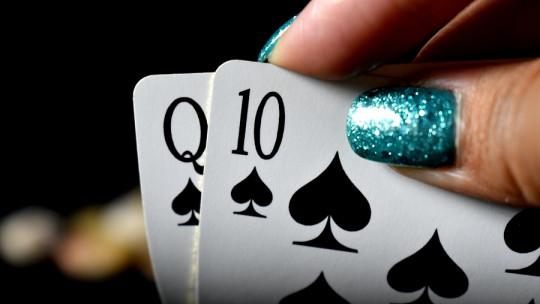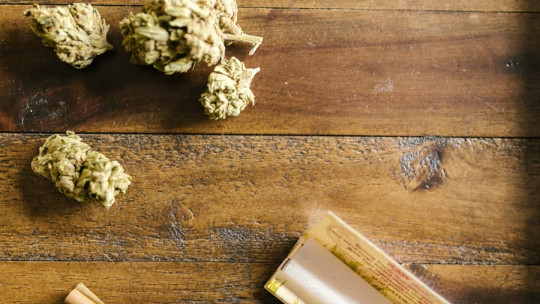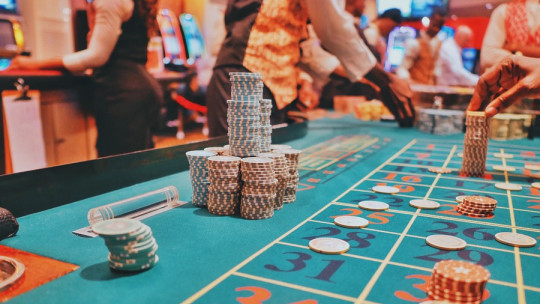Nowadays, sex addiction It is not recognized as such, although it could be considered a behavioral addiction.
In any case, it seems relevant that we dedicate clinical attention to it, since there is a specific, sufficient and growing demand from the population, linked to the abundant consequences and discomfort caused by this pathology.
What is a behavioral addiction?
Before specifying what sex addiction consists of, it is worth remembering those aspects that characterize a behavioral addiction Firstly, the loss of control over behavior and, secondly, dependency.
It is also important to note that addictive behaviors are initially controlled by positive reinforcers, that is, they are carried out for the pleasure they generate; while as addiction develops, behaviors become controlled by negative reinforcers or, in other words, they are carried out with the aim of reducing discomfort.
The characteristics of sex addiction
Now, we could define sex addiction as an excessive sexual desire (fantasies related to sex, recurrent excitement, impulses and sexual activity) linked to components of impulsivity and compulsivity, which entail a pathological inability to control said desire and which is related both to a deficit in the inhibitory control system and hyperactivity of dopamine receptors, as with sensation seeking, pleasure, and positive reinforcement.
When identifying a possible sex addiction, it is necessary to know if a series of criteria are met. First of all, the time spent in sexual activity must interfere with the fulfillment of the person’s obligations and responsibilities.

Second, sex should be used either as a way to regulate dysphoric moods, such as anxiety, irritability or depression, or as a a response to stressful life events
Likewise, as we said at the beginning, there must be an inability to control or reduce sexual activity.
Finally, It must be assessed whether the behavior persists even though it generates social problems , emotional or physical to the individual or people around them. In this sense, it is common to find that people with this pathology present higher levels of risk behaviors.
Other keys to detect sex addiction
As with substance addictions, in sex addiction symptoms of tolerance are present (progressively more intense or frequent sexual activity is needed to achieve initial satisfaction) and abstinence (after a period of sexual abstinence, Symptoms appear that, in this case, become emotional in nature – irritability, anxiety, despondency, etc.).
Individuals addicted to sex often show anxious-avoidant attachment , which leads them to live relationships with insecurity and fear of abandonment, as well as to understand that others are not trustworthy, so the person’s reaction is to try not to bond excessively with others. Therefore, they tend to look for a sexual activity that does not contain an emotional component.
On the other hand, at a cognitive-emotional level, it has been observed that they show high cognitive rigidity, poor judgment, and deficits in emotional regulation
How to treat sex addiction?
Although not all behavioral addictions are the same, nor are the individuals who suffer from them, there are common aspects regarding the motivation for treatment, the establishment of therapeutic goals and the choice of intervention techniques.
The most contrasted treatments and supported by empirical research are the cutting cognitive-behavioral as well as self-help groups.
Unlike other types of addictions, such as substance addictions or pathological gambling, in sex addiction it is not possible to propose absolute abstinence as a goal , since, despite being uncontrolled behavior, it is necessary in daily life. Therefore, the main therapeutic objective will be to relearn behavior control, in order to be able to make rational use of it.
It could be said that the final result of the treatment is a change in the person’s lifestyle, however, to do this another series of specific goals must first be achieved.
First there must be a motivation for the treatment , which results from the individual’s awareness of the problem, the establishment of an adequate therapeutic alliance and the breakdown of the resistance presented by the patient through the assessment of the pros and cons of the behavior. Additionally, the person must assume the need for outside help.
Once these first steps have been taken, we can contemplate the person’s preparation for change and then focus on relearning behavior To do this, a stimulus control is carried out, through which the stimuli associated with the lack of control of the behavior in question are avoided (for example, restricting access to the Internet and porn pages). At the same time, appropriate coping responses must be learned in situations that may trigger consumption.
Next, it is necessary for the individual to begin expose oneself in a gradual and controlled manner to different risky situations and stimuli This means that the person can, initially under external control and subsequently through their own self-regulation, begin to carry out sexual behaviors. With this, the aim is to achieve, through a habituation mechanism, that the craving for the behavior is extinguished.
Finally, it will be necessary to establish a relapse prevention plan which includes the identification of risk situations, the modification of cognitive distortions, the change of expectations about the consequences of problem behavior, impulse control, planning free time and solving specific problems through the application of strategies appropriate coping strategies.









